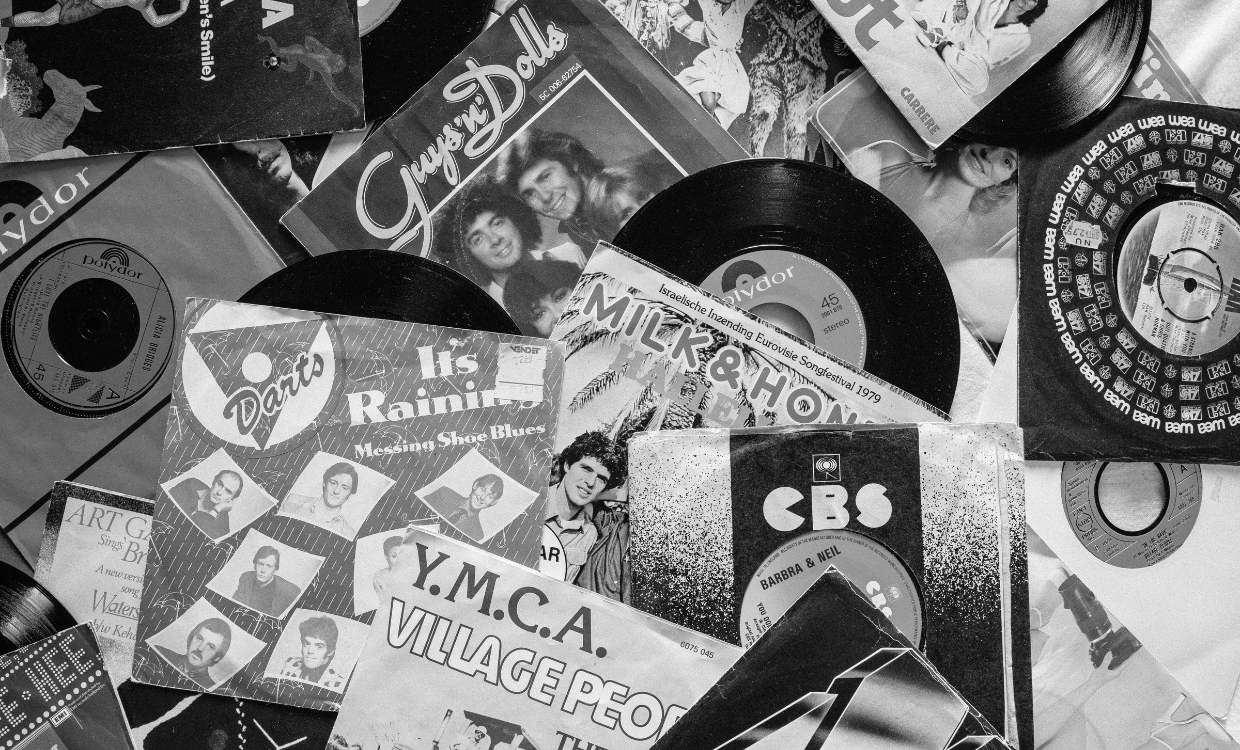What is collectibles investing?

Collectibles investing is a fun and unique way to diversify your investment portfolio. From art and rare coins to sports memorabilia and vintage wines, there are countless collectibles with the potential to increase in value over time.
In this article, we explore the benefits and risks of collectibles investing and provide some practical tips on how to get started.
What are collectibles?
Collectibles are any items that people consider to be valuable. The value of a collectible depends on its rarity, condition, and overall market demand. Collectibles can be rare, such as original paintings or a first edition of a classic book; or they may be mass-produced, like Beanie Babies and Barbie dolls.
Collectibles are an alternative investment, meaning they don’t fall into a traditional investment category like stocks and bonds. Investors can acquire collectibles through various means, including auctions, online marketplaces, antique stores, and private sales. When collectible investors purchase an item, of course they’re hoping it will be worth more in the future; but as with any investment, returns are not guaranteed
Here are some examples of common and less-common collectibles:
Common collectibles:
- Art
- Rare coins
- Stamps
- Comic books
- Baseball cards
- Watches
- Antiques
- Toys
- Sports memorabilia
- Jewelry
- Vinyl records
Less common collectibles:
- Rare and vintage wine
- Classic cars
- Luxury handbags
- Vintage or limited edition sneakers
- Fine china
- Rare manuscripts
- Items of historical significance
Intrinsic vs. non-intrinsic value
Collectibles fall into two broad categories: items with intrinsic value and items without intrinsic value.
Collectibles with intrinsic value are objects whose value is derived from their physical properties or the materials of which they consist, such as items made from precious metals like gold and silver or rare gems and stones.
Collectibles without intrinsic value are those whose worth is due to their cultural or historical significance, rarity, or popularity among collectors. Examples of non-intrinsic-value collectibles include sports memorabilia, comic books, stamps, vintage toys, and vinyl records.
Although collectibles without intrinsic value may be appealing to investors, the value of these items is subject to market trends and demand from collectors, which can cause their value to fluctuate over time.
The rise of collectible investing
The collectibles market is estimated to surpass $1 trillion by 2032, according to a 2023 report from Market Decipher. Investors have been turning to collectibles due to their potential for high returns and appeal as physical, tangible assets.
One notable example is the rare and vintage sneaker market, which has seen explosive growth in recent years. Limited edition and hard-to-find sneakers have become highly sought after by collectors. TD Cowen estimates the sneaker and streetwear resale market has the potential to reach $30 billion globally by FY30E.
The rise of online marketplaces and platforms for buying and selling collectibles has made it easier for investors to access these markets and track the value of their collectibles over time. Like any investment, however, collectibles carry risks and should be approached with caution. Investors must conduct research, understand their item’s specific market, and carefully consider the potential risks and rewards before investing in collectibles.
Why invest in collectibles?
Many hobby collectors invest in collectibles because they are passionate about specific items and enjoy buying and owning them. Other investors are interested in collectibles due to their ability to function as a hedge against inflation, add diversification to an investment portfolio, and appreciate over time.
Another reason to consider investing in collectibles is that collectible items typically have low levels of correlation to other investments. During a market downturn, when stocks and bonds lose value, the value of a given collectible may remain stable or even appreciate.
Investing in collectibles can yield returns if an item increases in value, but it’s not without risk. Collectibles are subject to fluctuations in demand and supply, and their value can be affected by factors such as physical condition, market trends, and personal tastes. Additionally, collectibles are illiquid, meaning they may not be easy to sell in a pinch.
Let’s take a closer look at some of the factors investors should take into account when considering adding collectibles to their portfolios.
Benefits & risks of collectible investing
Potential benefits
- Tangible asset: Tangibility, or the physical nature of collectible items, contributes to their worth and appeal. It also makes them challenging to replicate, which potentially enhances their value.
- Diversification: The old saying, “Don’t have all your eggs in one basket” definitely applies to investing. Add diversification to your portfolio by investing in collectibles so you don’t have to rely exclusively on stocks, bonds, and other traditional investments.
- Potential appreciation: The value of collectibles can appreciate significantly over time due to rarity, demand, and cultural relevance. One example is the iconic “Inverted Jenny,” a 25-cent U.S. stamp that was released in 1918 and features an upside-down biplane – due to a printing error. Because of its rarity (only one sheet of 100 stamps was misprinted), the Inverted Jenny is among the world’s most famous and valuable stamps.
Potential risks
- Lack of liquidity: Collectibles are not income-generating until you sell them. Collectibles may be difficult to sell quickly and for a fair price, which is why many investors buy and hold collectibles for the long term.
- Volatility: Collectibles are considered speculative investments because they are high-risk and unpredictable. For example, a change in taste or fashion can cause prices to fluctuate as collectors seek out new or different types of items.
- Difficult to determine value: Collectible valuation requires specialized knowledge and expertise. Determining the value of a collectible is often challenging because much of the item’s value depends on buyer interest – which can be subjective and hard to quantify.
- Carrying cost: It costs money to acquire, maintain, store, and insure collectible items. Storage costs, in particular, are a significant expense for many collectibles such as large pieces of artwork and antique furniture.
- Vulnerable to damage: Due to their tangible nature, collectible items are vulnerable to damage that can decrease their value. Examples include exposure to the elements if not stored properly and mishandling during transport. Even the slightest dent or scratch can significantly impact the value of a collectible.
How to get started investing in collectibles
If you’re considering getting into collectibles, the first step is to identify what types of collectors’ items you’re most interested in. For example, maybe you have a passion for comic books, or perhaps you’re a history buff and antiques really appeal to you.
Once you’ve identified the collectibles you want to learn more about, the next step is to research the market. You might attend auctions, talk to dealers, and network with other collectors to get an idea of pricing trends and what to look for in a valuable item. Experts can help you determine whether an item is authentic.
When considering investing in collectibles, remember that even though their value is generally expected to rise over time, it’s not guaranteed to do so. You also must consider the costs of storing, insuring, and caring for your collectibles, which can eat into your potential earnings.
Overall, investing in collectibles is a unique and potentially lucrative investment opportunity for those passionate about specific items. Collectibles investing offers a number of benefits, including diversification, potential appreciation, and the enjoyment of owning items you care about. However, as with any investment, there are risks to consider – and no assurance that your collectibles will increase in value.
Introducing FranShares
If you’re an alternative investor who’d like to diversify even further by adding franchises into your portfolio, consider passive fractional franchise investing with FranShares. Our approach offers high earning potential and diversification in a completely passive investment model. We give both retail and accredited investors access to all the benefits of franchising with low initial capital outlay and zero fees.
To learn more about FranShares and this unique opportunity, speak to our Investor Relations team.


